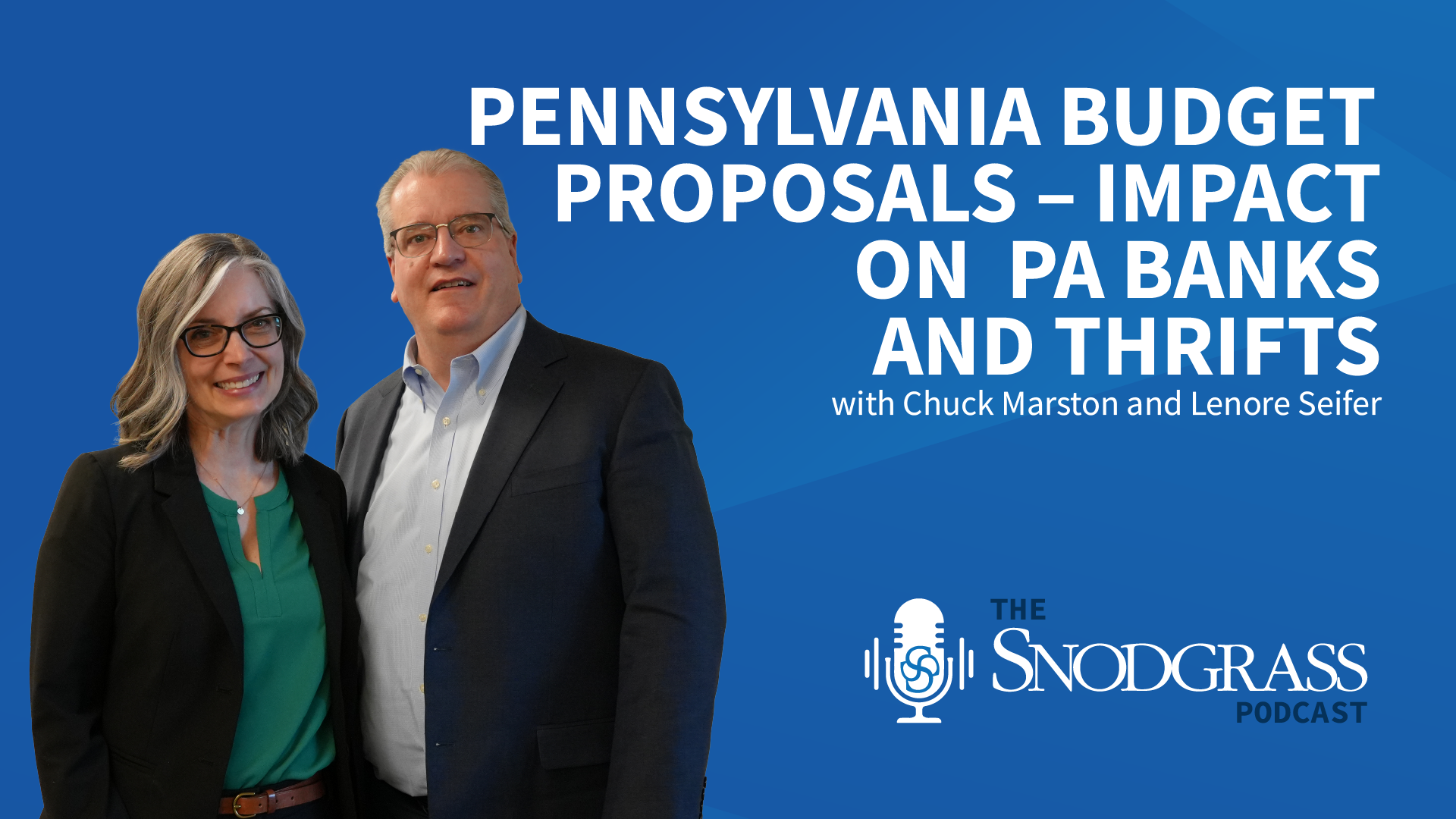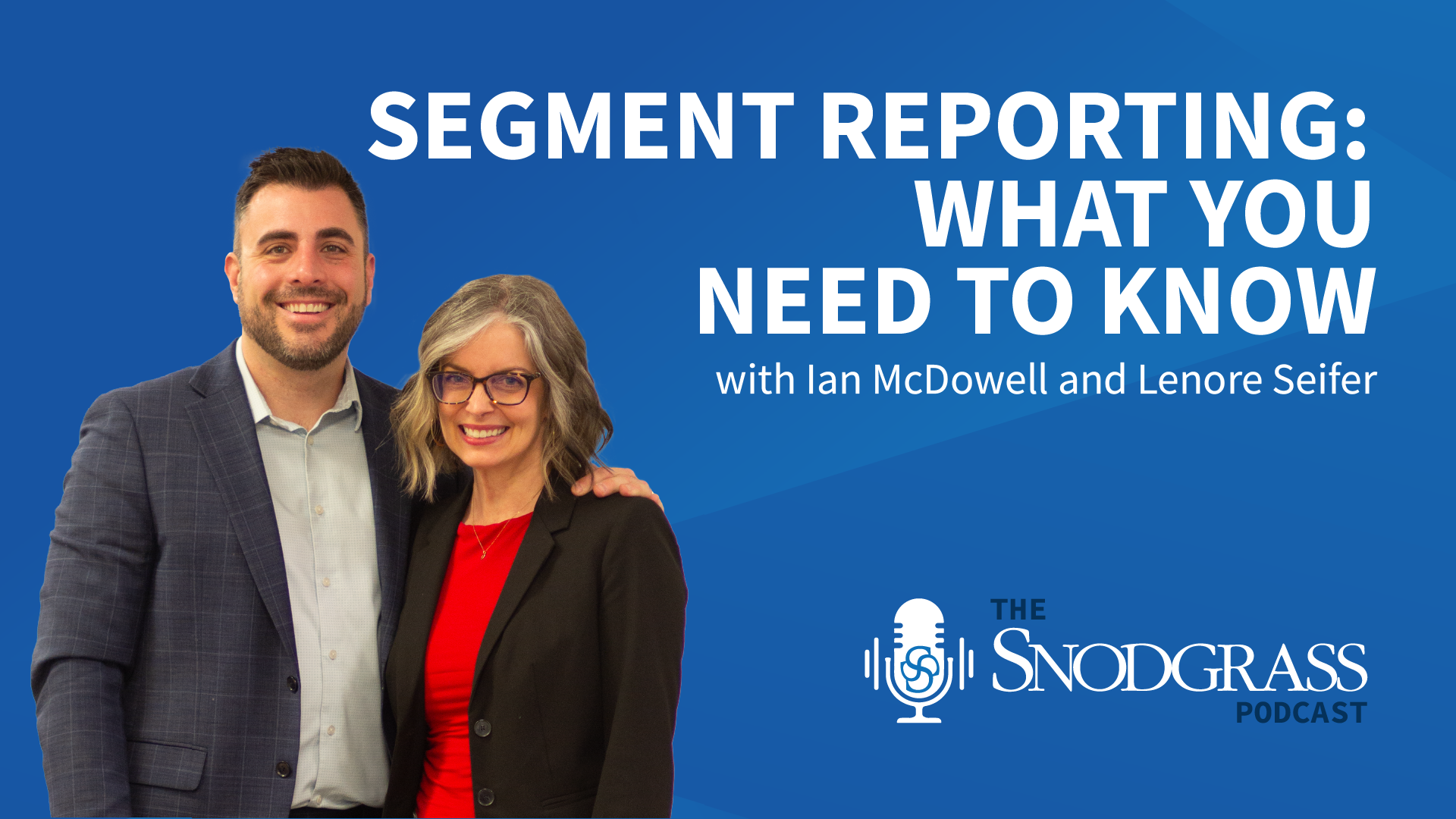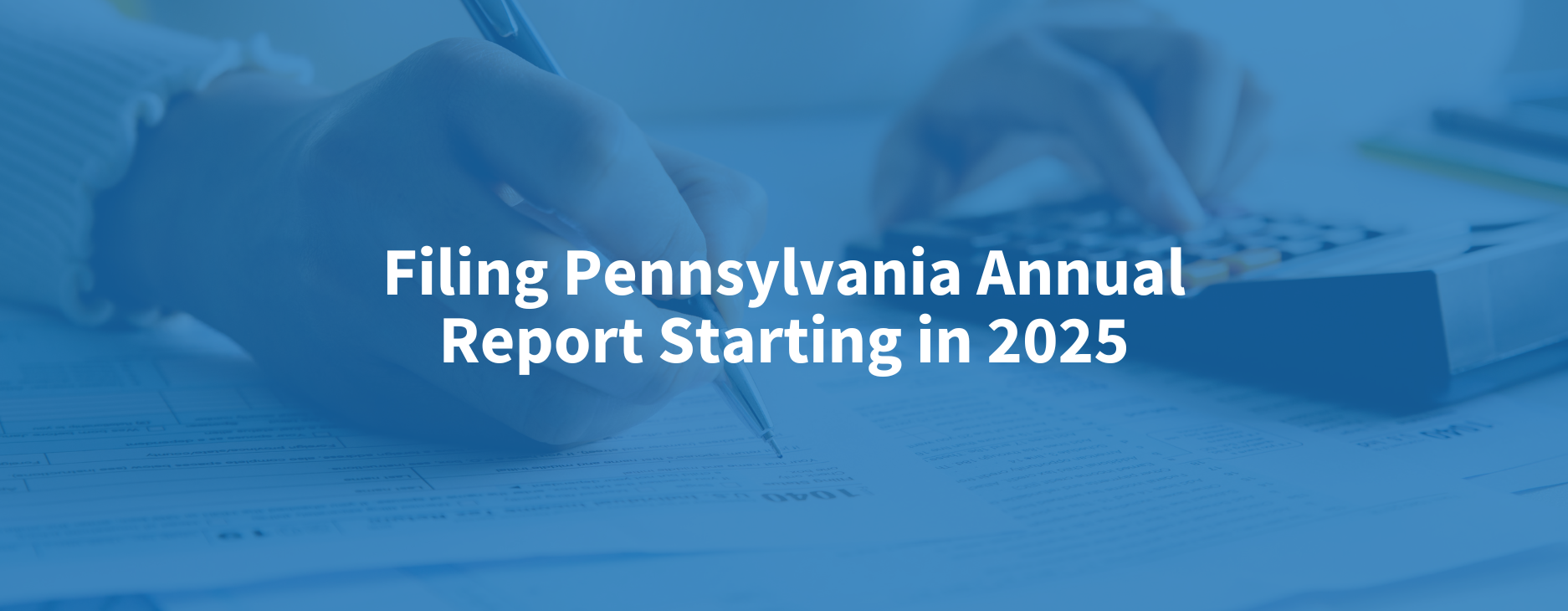Participating lenders in the Paycheck Protection Program (PPP) are beginning to face an influx of forgiveness applications as the 24-week coverage period nears its conclusion. Along with the demand placed on management teams related to the high volume of PPP forgiveness applications is the challenge of properly accounting for the forgiveness of each loan.
To receive loan forgiveness under the PPP, a borrower must complete a loan forgiveness application and submit the required documentation to its lender. The lender must then issue a decision to the Small Business Administration (SBA) on the loan forgiveness application not later than 60 days after receipt of a complete loan forgiveness application from the borrower. If the lender determines that the borrower is entitled to forgiveness of some or all of the borrowed funds, the lender must request payment from the SBA at the time the lender issues its decision to the SBA. The SBA will, subject to any SBA review of the loan or loan application, remit the appropriate forgiveness amount to the lender, plus any interest accrued through the date of payment, not later than 90 days after the lender issues its decision to the SBA. Upon receipt of the SBA payment, the lender will notify the borrower that the loan (or a portion of the loan) has been forgiven.
The following is our summary of the primary accounting considerations for institutions regarding the forgiveness and settlement of PPP loans.
Accrual of Interest
Once an institution obtains the application and appropriate documentation from the borrower, it will review and submit a decision regarding forgiveness to the SBA. The SBA has 90 days to determine if the underlying criteria for loan forgiveness has been met for all or a portion of the loan. Interest continues to accrue during this time.
Derecognition of PPP Loan
The loan should continue to be accounted for as an interest-bearing loan (including amortization of loan origination fees) through receipt of payment from the borrower or the SBA. Payments received from the borrower or the SBA prior to maturity of the loan (other than required payments of principal and interest) are considered prepayments of the loan. The PPP loan should be derecognized when payment from the borrower or the SBA is received in satisfaction of the loan.
Accelerate Recognition of Net Deferred Fees and Costs
When payment is received from the borrower or the SBA (either in full or in part) prior to the loan’s maturity, amounts received should be accounted for as a prepayment, and unamortized loan origination fees (inclusive of the fee received from the SBA for originating the loan) should be accounted for in accordance with FASB ASC 310-20, Receivables—Nonrefundable Fees and Other Costs.
Clawback Provisions
The fee received from the SBA for originating the loan may be subject to clawback after full disbursement of the PPP loan if:
- the PPP loan is canceled or voluntarily terminated and repaid after disbursement but before the borrower certification safe harbor date;
- the PPP loan is canceled, terminated, or repaid after disbursement (and after the borrower certification safe harbor date) because SBA conducted a loan review and determined that the borrower was ineligible for a PPP loan; or
- the lender has not fulfilled its obligations under the PPP regulations.
To ensure PPP loans are limited to eligible borrowers in need, the SBA has decided, in consultation with the Department of the Treasury, that it will review all loans in excess of $2 million, in addition to other loans as appropriate, following the lender’s submission of the borrower’s loan forgiveness application. For any SBA reviewed PPP loan, if within one year after the loan was disbursed SBA determines that the borrower was ineligible, the SBA will seek repayment of the processing fee by the lender that originated the loan. The outcome of the SBA’s review of loan files will not affect SBA’s guarantee of any loan for which the lender complied with the lender obligations of the PPP.
Lenders should consider the guidance in FASB ASC 450, Contingencies, related to fees that may be subject to clawback or may not be received. A lender should establish a loss contingency when it is probable that events or conditions precedent to a loss have occurred, and the resulting amount of the loss is estimable.



